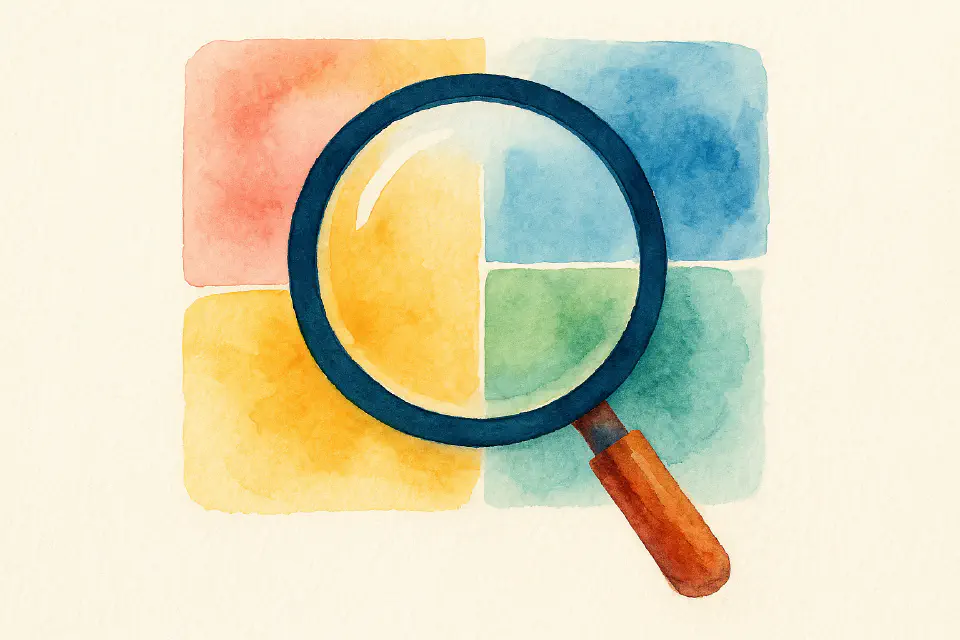
Effective Job Descriptions & Role Design
A good job description is a hiring tool. A great one is a blueprint for success, engagement, and long-term performance.
Think a job description is just for hiring? Think again.
A well-designed role and a clear, compelling job description set the foundation for:
- Attracting qualified candidates
- Managing performance expectations
- Structuring teams and workflows
- Supporting DEI, engagement, and retention
Let’s look at how to get it right.
What Is Role Design?
It’s not just about what the person does — but how the role fits into the org, who it interacts with, and what success looks like.
What Is a Job Description?
It’s a document that typically includes:
- Job title and summary
- Key responsibilities
- Required qualifications and experience
- Reporting lines
- Work conditions or expectations
- Sometimes: salary range or benefits
But great JDs go further — they attract, clarify, and differentiate.
Steps to Effective Role Design
1. Understand the Business Context
- Why does this role exist?
- How does it contribute to strategic goals?
- What happens if it’s done poorly (or well)?
2. Clarify Scope and Decision Rights
- What’s owned vs. supported?
- What decisions can this role make?
- Where are the boundaries with other teams?
3. Identify Required Skills and Behaviors
- Technical skills (e.g. payroll, sourcing)
- Soft skills (e.g. empathy, influencing)
- Competency level (e.g. novice vs. expert)
Writing the Job Description
What to Include:
| Section | Tip |
|---|---|
| Title | Use industry-standard terms |
| Summary | Be concise and compelling |
| Responsibilities | Focus on impact, not just tasks |
| Requirements | Separate “must-have” from “nice-to-have” |
| Reporting | State who they report to and collaborate with |
| Culture/Values | Include info that sets your org apart |
Inclusive Language Matters
- Avoid gendered terms (“rockstar,” “aggressive,” etc.)
- Use “they” instead of “he/she”
- Focus on competencies, not background stereotypes
Role Design Mistakes to Avoid
- Copy-pasting old JDs without review
- Designing roles around people, not needs
- Overloading positions with conflicting goals
- Failing to update JDs as roles evolve
Role design is not “set and forget.” It’s a dynamic process.
Final Thought
A job description is the front door of your organization.
Make it welcoming, informative, and accurate — and you’ll attract the right people for the right reasons.
📌 Next page: Recruitment Channels & Employer Branding – Where and how to find the right talent, and why brand matters more than ever.